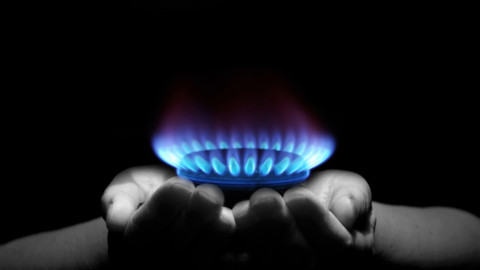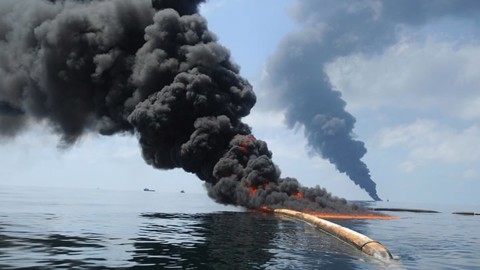Data and analytics can enable the right decisions during times of disruption, such as extreme bushfires or a pandemic.
This four-part series, Managing Disruption, will examine disruptions faced by the Australian energy and utilities industry – and the role analytics can play in lessening the impact.
Extreme weather
Australia is a land of extreme weather. Take bushfires for instance, where the recent bushfire season ravaged the country, killing at least 33 people and burning more than eleven million hectares of bush, forest and parks across Australia.
The energy industry is all too familiar with bushfires. Serious fires are often started when wind blows trees into power lines, triggering fires. This risk is particularly high in Australia where power lines run long distances through dense vegetation to power rural communities.
In an effort to reduce the impact of extreme weather, energy and utility companies increasingly use data and analytics to inform better decision making. This can take the form of predicting asset failure, where companies use analytics to predict the impact of extreme weather to assets, thereby enabling precautions such as depowering lines before extreme weather occurs.
It can also take the form of storm optimisation, where analytics is applied to Internet of Things (IoT) sensor data streaming from assets in the field. This shows the hardest hit areas, helping crews optimise their response after a storm passes.
Pandemics
It’s hard to overstate the impact of the COVID-19 pandemic, including to Australian energy providers. Many were forced to lay off staff due to reduced energy demand from major industrial centers, necessitating cost-cutting measures.
Analytics can help energy companies model the best areas to cut costs while maximising output. It can also be used to automate processes that were previously manual, enabling companies to operate with less staff. Analytics can even reduce maintenance costs by modernising how companies maintain assets.
Customer experience
Perhaps less newsworthy than bushfires and pandemics, customer experience is quietly a major disruption to the Australian energy sector.
In the past, people just wanted electricity or natural gas in their homes. Today, customers increasingly expect an intuitive user experience like they get from Amazon, Netflix and others.
Amid the COVID-19 pandemic, energy retailers were forced to look at credit risk and other financial impacts of the lockdown.
In short, consumers were hurting financially … so how should retailers manage people paying or not paying in terms of customer experience? Insensitively during a pandemic is not an option.
Analytics can help with things like improving the customer journey and optimising the customer experience including collections. By using analytics to fully understand customers, energy providers can be poised to provide good service when disruptions occur.
Be prepared
As we’ve learned in recent years, disruption can hit without notice. Whether it’s a viral outbreak or a natural disaster, a good data and analytics strategy can help companies survive and even thrive during times of disruption.
This partner content is brought to you by SAS Institute.
Learn more about AioT and predictive analytics here.

















